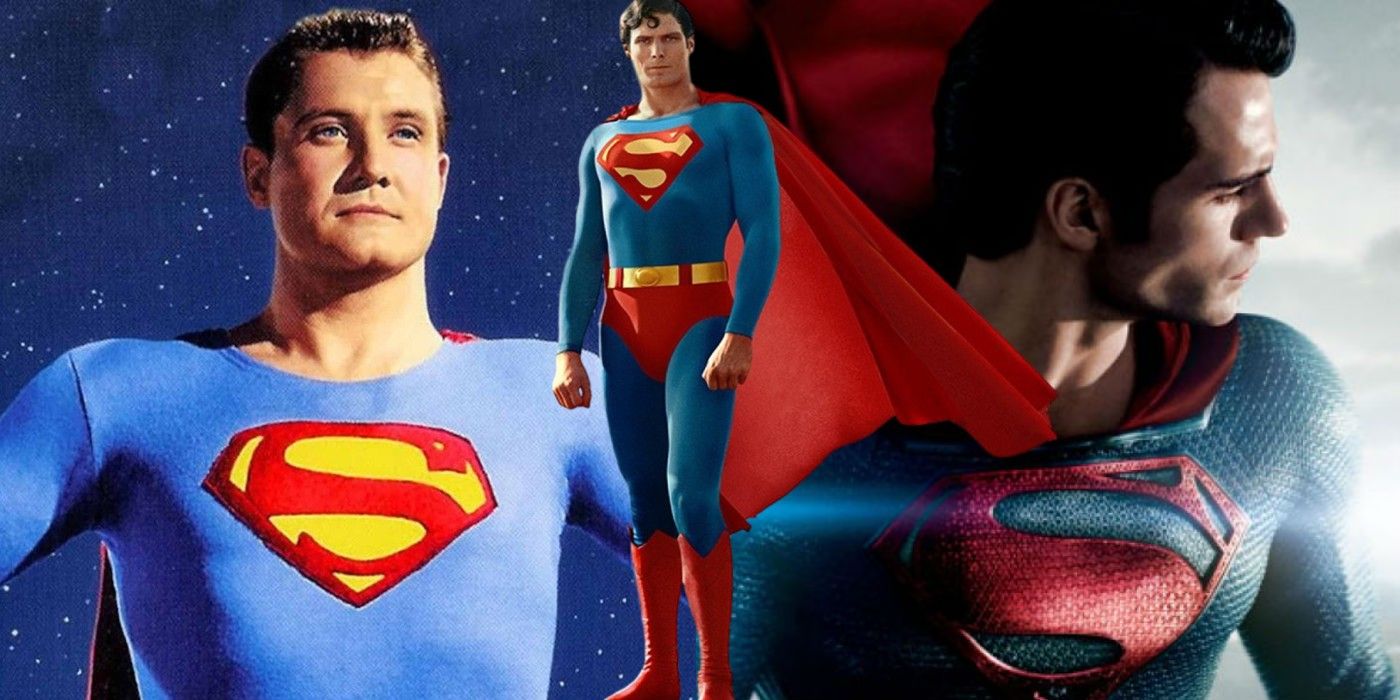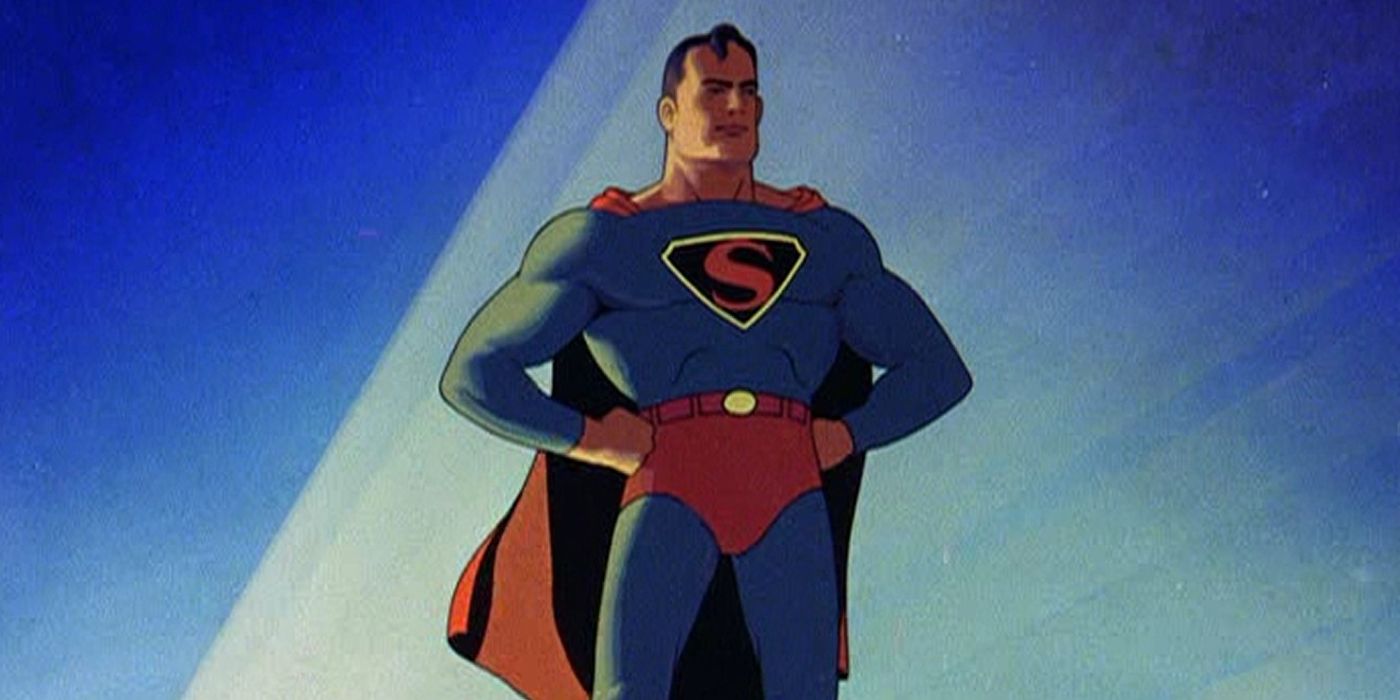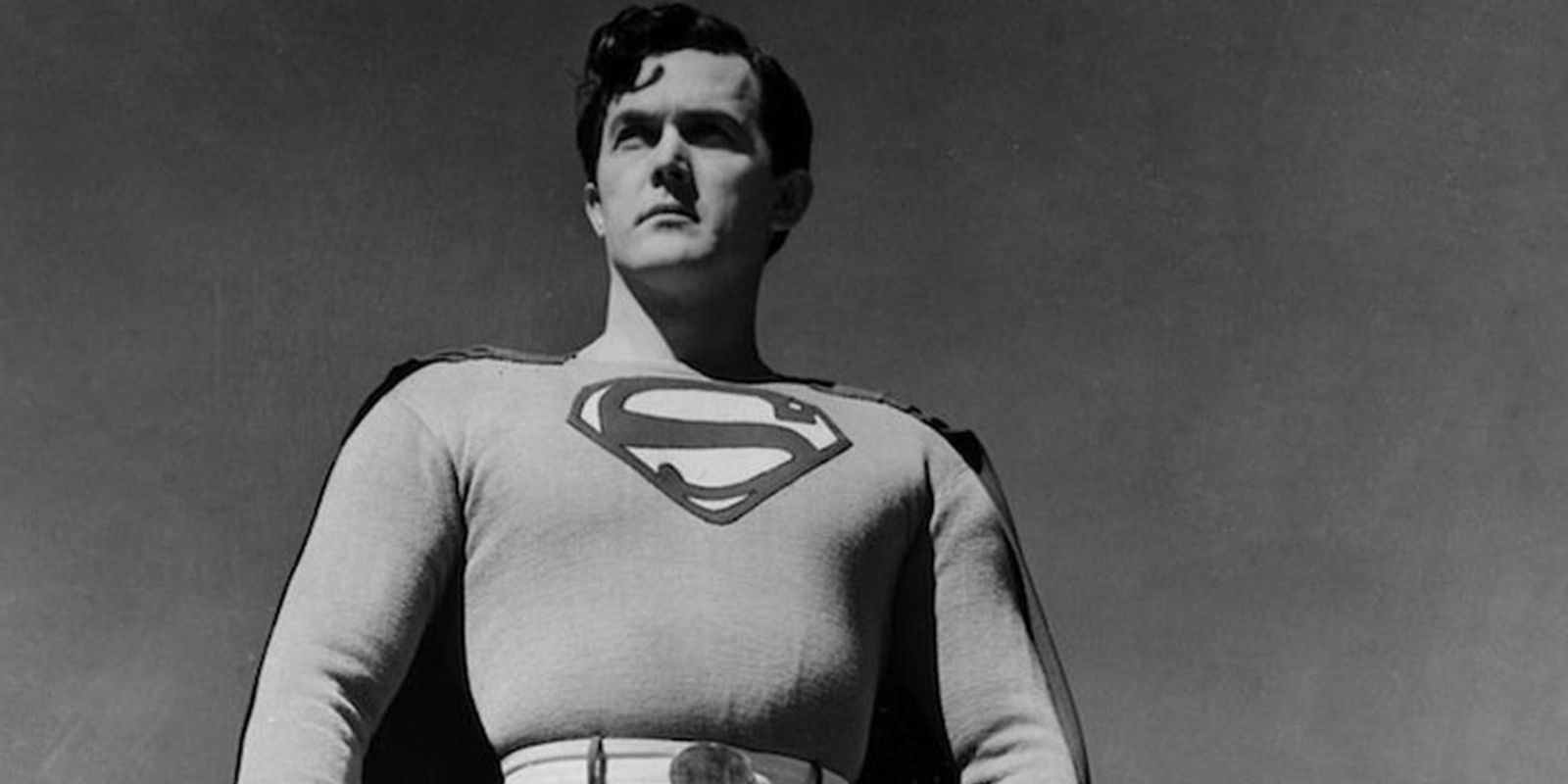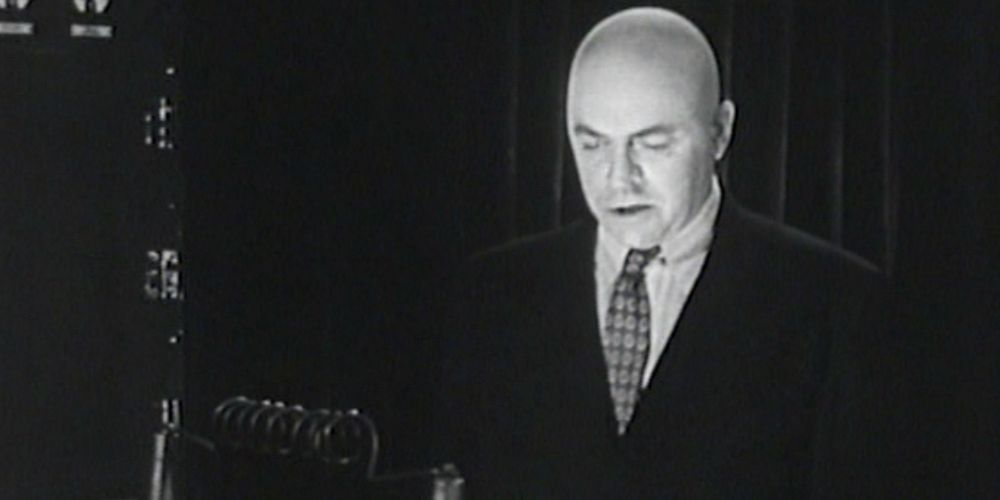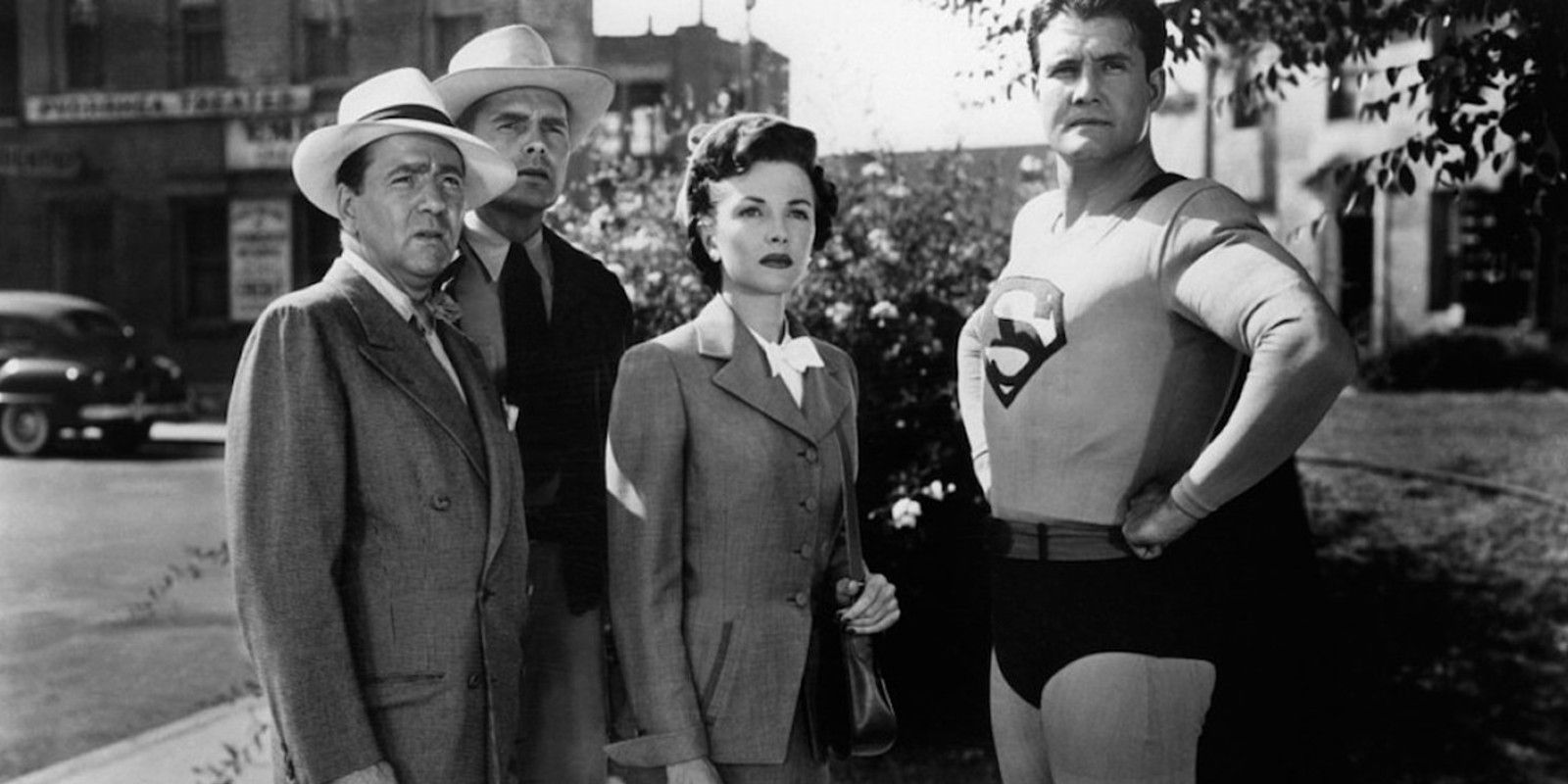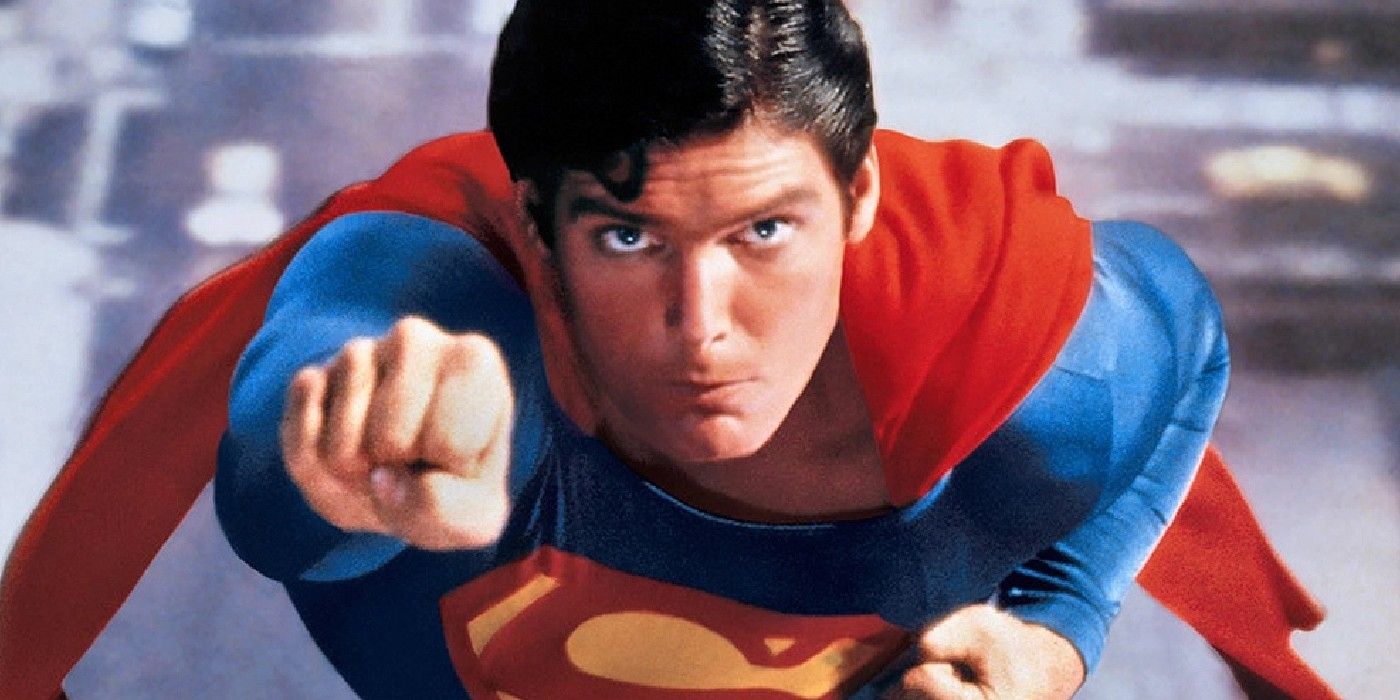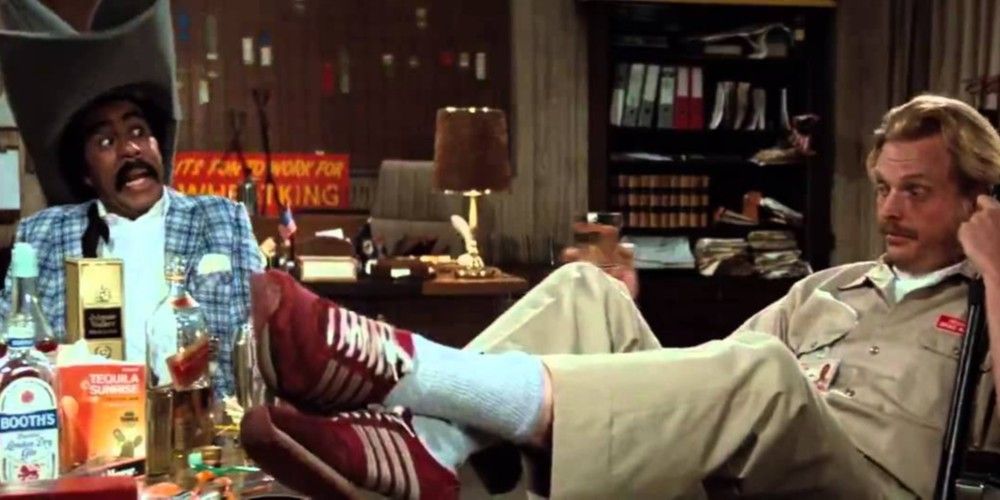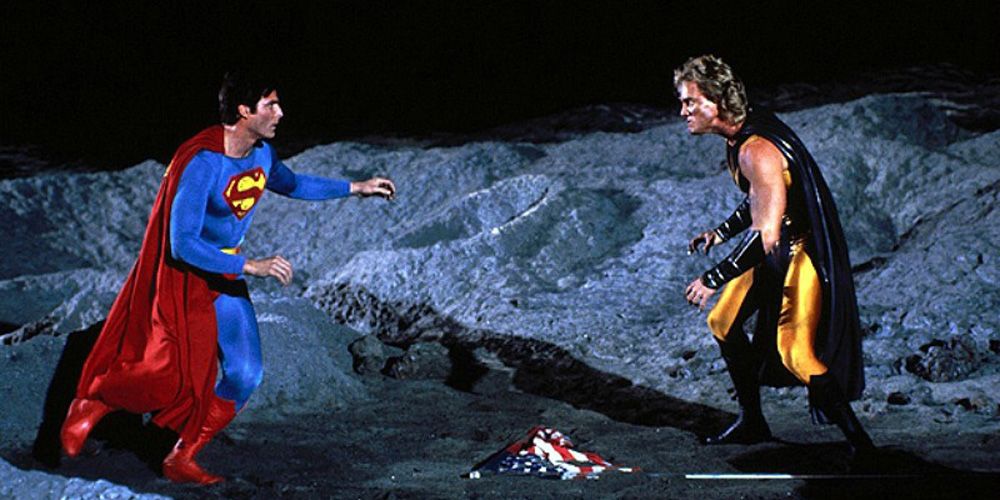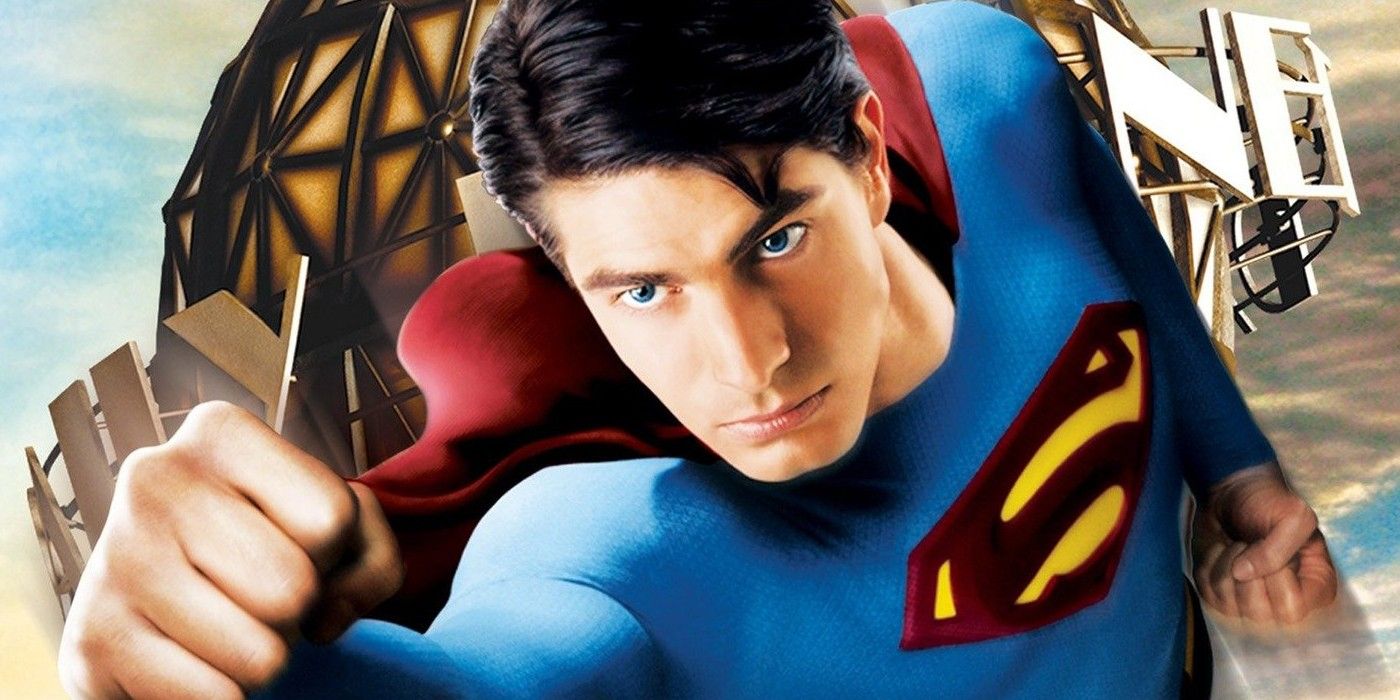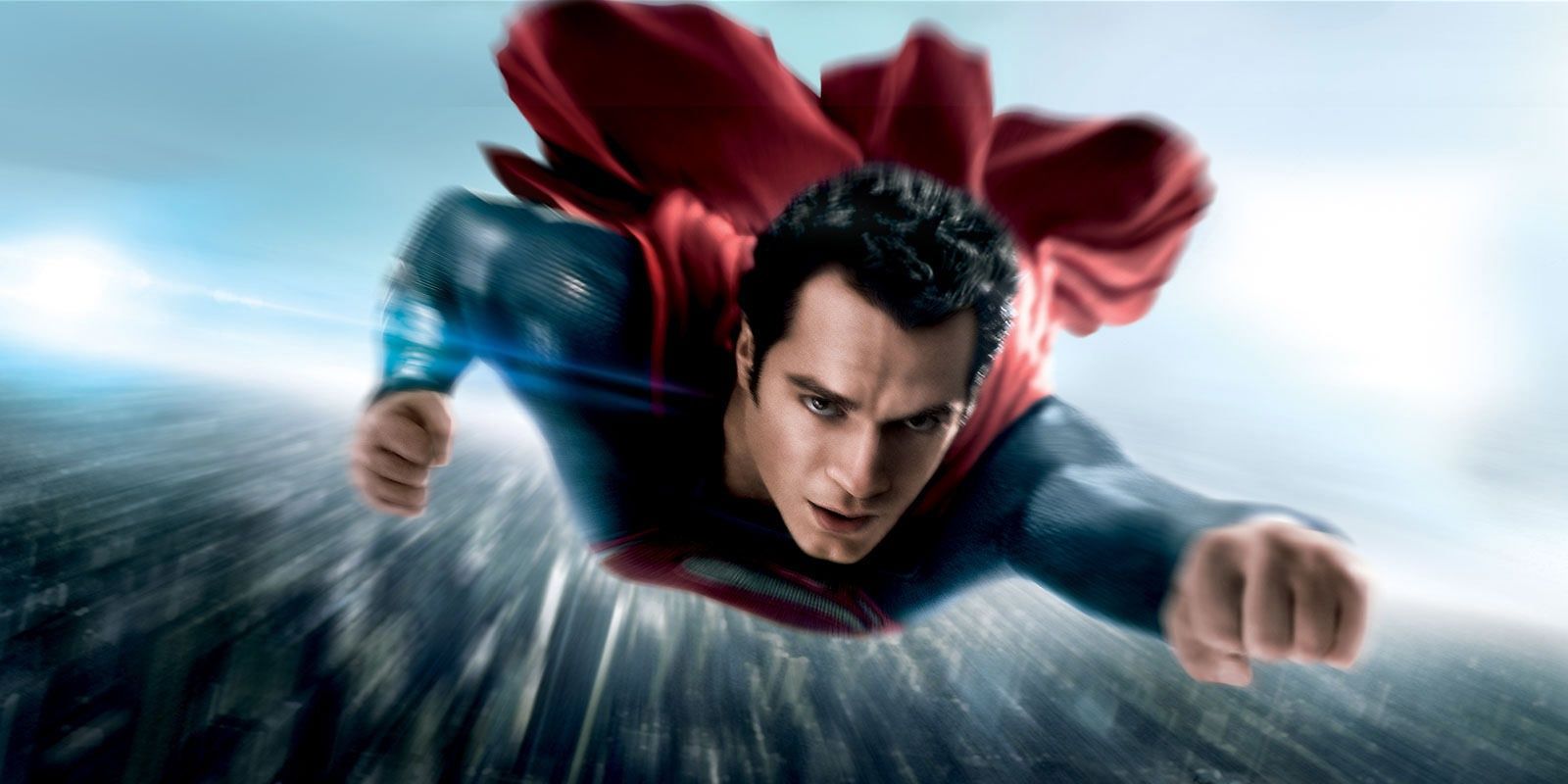From the moment Superman made his debut on the cover of Action Comics #1, the character's impact was as powerful as his muscles. Almost overnight, the Man of Steel became a household name with an endless supply of merchandise. Just two years after his first appearance, Superman's adventures made their way to the radio with the hit series The Adventures of Superman. A year after that, the Last Son of Krypton made the leap to the silver screen for the first time.
In the decades that have followed, Superman has been reintroduced to moviegoers by a number of directors who have brought the hero to the movies, from the early animated adventures to the big-budget summer blockbusters of today, and each one of them has left their mark on the character.
9 Dave Fleischer Started It Off
Best known for their Betty Boop and Popeye cartoons, Fleischer Studios was given a licensing deal to create animated Superman films under the direction of Dave Fleischer. The nine short Superman films that Fleischer Studios made cost $100,000 apiece, or close to $2 million today. By comparison, their popular Popeye cartoons cost a quarter of that.
But by going so big with Superman, Fleischer Studios created a series of animated films that still stand out as some of the best cartoons of all time. Dave Fleischer brought the Man of Steel to life in a way no one imagined possible, giving audiences their first look at Superman in action.
8 Spencer Gordon Bennet & Thomas Carr Filled In The Mythology
Seven years after the Fleischer Studios shorts premiered, Kirk Alyn became the first man to play Superman in live-action. In the Superman serials, directed by Spencer Gordon Bennet and Thomas Carr, audiences were, for the first time outside of comics, shown the story behind the character, starting with Jor-El and Lara on the doomed planet Krypton and following through to a young Clark Kent growing up with Ma and Pa.
And while Stan Lee gets the credit for the line today, it was in this serial where the superhero concept of "with great power must also come great responsibility" was born. It is Pa Kent who tells Clark that just before the young Kryptonian decides to become Superman.
7 Spencer Gordon Bennet Gave The Man Of Steel His First Challenge
While the 1948 Superman serial had the Metropolis Marvel face off against the villainous Spider Lady, it was the 1950 serial, Atom Man vs. Superman where the hero faced off against his first supervillain from the comics in live-action. In the series, directed by Spencer Gordon Bennet, Superman faces off against Lex Luthor and his disintegrating machine.
In the course of the 15 episodes, Luthor creates synthetic kryptonite and brainwashed the Man of Steel before Superman finally saves the day—and the universe—from his most iconic foe. The synthetic kryptonite concept would be resued in Superman III some thirty-three years later.
6 Lee Sholem Launched Superman To New Heights
Superman and the Mole Men, directed by Lee Sholem, was the world's introduction to one of the most iconic versions of the Man of Steel. Along with being the first full-length Superman film, Superman and the Mole Men also introduced George Reeves as the beloved hero, a role he would continue to play on the Adventures of Superman TV series for six years.
George Reeves's version of Superman, a barrelchested father figure who was always saving Lois Lane and Jimmy Olsen, continues to be one of the most recognizable versions of the hero, influencing every actor who has taken on the role since.
5 Richard Donner Made Superman Real
In the United States, the late 1970s were a time where no one was interested in authority figures. Between the disaster of the Vietnam War and Richard Nixon resigning from the Presidency because of the Watergate scandal, the idea of a powerful figure doing the right thing and declaring that he stood for "truth, justice, and the American way" seemed laughable to moviegoers.
But Richard Donner, with his ever-important belief in verisimilitude, took the unknown actor Christopher Reeve and, in 1978, made the world cheer for Superman: The Movie. The important thing, to Donner, was to make a movie where Superman never winked to the audience, making it unlike the last popular superhero venture, 1966's Batman. This epic origin story still stands tall as a blueprint for all other superhero films to follow.
4 Richard Lester Brought The Humor
While Richard Donner made audiences believe a man could fly by putting the character in the real world and never making fun of Superman's comic book roots, director Richard Lester went in the opposite direction. Lester, best known for the Beatles films A Hard Day's Night and Help!, took over directing Superman II from Donner, who was fired during production.
Lester quickly began to bring in his own sense of humor to the film, but it is in Superman III, where the Man of Steel faces off against Richard Pryor, that Lester's enjoyment of the absurd really takes hold. While Superman is never the butt of a joke in the Lester films, his work on the character is decidedly more jovial.
3 Sidney J. Fury Put Superman In The Middle Of A Real Crisis
One of the basics of superhero storytelling is that the heroes never get involved with real-world problems. This was mainly born out of the rise of comics just as World War II was starting—creators like Jerry Siegel and Joe Shuster felt it would be in bad taste to have Superman fly over to Nazi Germany and beat up Hitler while actual men and women were fighting to stop the Axis.
Director Sidney J. Furie, working off of a story by Christopher Reeve, Lawrence Konner, and Mark Rosenthal didn't have an issue with this. In Superman IV: The Quest for Peace, the hero collects every nuclear missile on Earth and tosses them into the sun, essentially ending the very real nuclear arms race between the United States and the Soviet Union that was happening at the time.
2 Bryan Singer Made The Man Of Steel A Father
Coming off the success of the first two X-Men films, Bryan Singer was given carte blanche for his 2005 film, Superman Returns. The film, which introduced Brandon Routh as Superman, is a direct sequel to the Donner and Lester Superman films while ignoring Superman III and IV. In the film, Superman returns from a long journey in space to find a very different world than the one he left behind, including him having a son with Lois Lane.
Singer's Superman Returns added a sense of sadness to Superman that the other films had not had, something that many viewers had issues with. While Routh was praised for his turn as the Last Son of Krypton, the film was a critical and financial dud.
1 Zack Snyder Gave Fans A Conflicted Hero
Following the success of Christopher Nolan's The Dark Knight, Warner Brothers started to look for a way to revitalize Superman in the same fashion as Nolan had done for Batman. Turning to 300 and Watchmen director Zack Snyder to take charge, 2012's Man of Steel was born.
Snyder's version of Superman brought in something that no other director had given the iconic hero, internal conflict. In Man of Steel and the follow-up, Batman v Superman, the world's first superhero, played by Henry Cavill, was filled with self-doubt and insecurities. He was worried about how the world would react to his presence, and if his being Superman was actually making anything better. This very different take on the Last Son of Krypton has left viewers polarized, with some praising it as the best version yet while others feel it is too grim.

